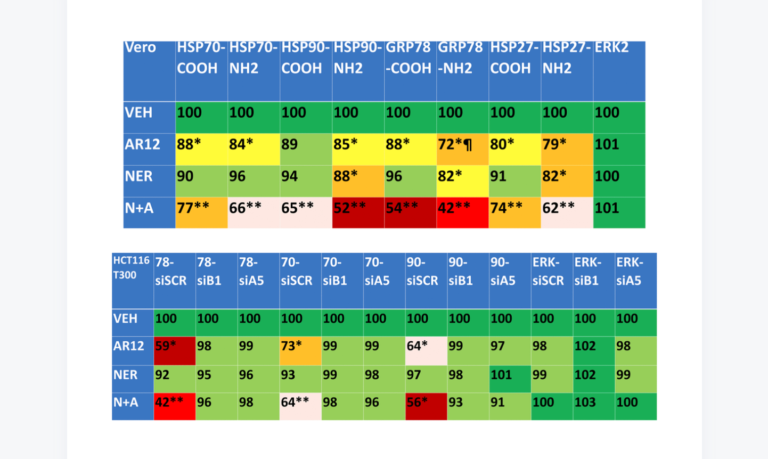New Study: How Worms Can Detect Early Pancreatic Cancer
Oncotarget
August 18, 2021Researchers from Japan used Caenorhabditis elegans (a one millimeter roundworm) to detect early pancreatic ductal adenocarcinoma in humans.
—
Nematodes, also referred to as roundworms, are one of the most numerous creatures on the planet. These smooth, cylindrical, bilaterally symmetrical, and multicellular invertebrate organisms are found in the soil, in plants, and in animals. Roundworms differ from other “round” worms, such as earthworms, in that other worms may be segmented and have two bands of muscles. Roundworms are unsegmented and have only longitudinal muscles.
Many nematodes are harmless and contribute to enriching the soil, breaking down matter, and balancing the natural ecosystem. Some species of nematodes are parasitic, such as pinworms and hookworms, and infections can be harmful to the health of the hosts they burrow into. There are over 20,000 named species of nematodes—ranging in size, from microscopic to 26 feet in length and as thick as a garden hose. The largest known nematodes are of the parasitic variety, and have been found making their home in the placenta of sperm whales.
Caenorhabditis Elegans (C. elegans)
A smaller, soil-dwelling species of nematode is named Caenorhabditis elegans, or C. elegans, and approximately one millimeter in length. Researchers found that this non-hazardous, non-infectious, non-pathogenic, and non-parasitic tiny roundworm possesses a highly unique and potentially human-life-saving skill. C. elegans have the keen ability to smell cancer-associated scents.
“Similar to sniffer dogs, the use of Caenorhabditis elegans has been introduced as a new strategy for detecting cancer-associated scents during cancer screening.”
Early detection is critical when it comes to catching cancer before it can grow, enter later stages, and become more challenging to treat. Dogs have been found to have the ability to sense biomarkers in the breath and stool of patients with bladder, ovarian, skin, lung, and breast cancers. Similarly, C. elegans have previously displayed sensitive attraction (chemotaxis) to human cancer cells, tissues, and urine from patients with colorectal, gastric, and breast cancers.
“Aside from having an excellent sense of smell, C. elegans is easy to handle, inexpensive, and quick to breed.”
In 2019, a study published by Oncotarget showed a C. elegans cancer screening test could detect pancreatic tumors in mice. In 2021, a team of researchers from Osaka University and Hirotsu Bio Science Inc. sought to employ this clinical tactic in the context of early pancreatic cancer detection in humans. Their paper was published as the cover of Oncotarget’s Volume 12, Issue, 17, and entitled, “Scent test using Caenorhabditis elegans to screen for early-stage pancreatic cancer.”
The Study
“Pancreatic ductal adenocarcinoma (PDAC) is among the deadliest diseases, with a five-year survival rate of 9% [1].”
In this study, 83 pancreatic cancer patients from clinics in Japan participated in an open-label pilot study. Participant age, sex, pathological progression, CA19-9 values, CEA values, and urine samples were collected. All data were entered into statistical analysis. Multiple concentrations and pre- and post-surgery urine were tested using the C. elegans scent test. The researchers used a well-established olfaction analysis method and simple system for observing chemotaxis called N-NOSE (Nematode-NOSE).
The assayers placed the urine in two spots on one end of the assay plates and added sodium azide in two spots on both sides. The nematodes were placed in the center of the plates and observed for 30 minutes. The engaging behavior of C. elegans toward “favorite” smells suggested a positive chemotaxis index. The samples were assayed and analyzed to assess for the presence of positive peaks in average chemotaxis indices. They found that the C. elegans gravitated toward cancer-associated scents and that this chemotaxis index could be a sensitive marker to detect early-stage pancreatic cancer.
“Given the success of the scent test in determining the presence of pancreatic cancer in patients with PDAC who showed various progressions before and after surgery, a blinded study was conducted to determine the ability of the scent test to distinguish between patients with early-stage PDAC and healthy volunteers […]”
Conclusion
The researchers were forthcoming about limitations of this study. First, the limited number of patients enrolled was acknowledged by the authors. Second, the researchers explain that it is unclear whether the scents detected by the C. elegans were directly from the cancer, or if they were derived from the disorders caused by impaired pancreatic function. Despite this, the researchers note that chemotaxis assays have been used to detect other types of cancers. Finally, the cutoff value of this cancer detection system for early PDAC has yet to be determined.
“In conclusion, the current study observed higher chemotaxis of C. elegans in patients with very-early-stage PDAC, suggesting its potential for use as a standard method for detecting early-stage cancer. Nonetheless, the underlying mechanisms for this chemotaxis should be clarified in order to obtain information that could help elucidate the biological characteristics of cancer.”
Click here to read the full research paper, published by Oncotarget.
YOU MAY ALSO LIKE: More Oncotarget Videos on LabTube
—
Oncotarget is a unique platform designed to house scientific studies in a journal format that is available for anyone to read—without a paywall making access more difficult. This means information that has the potential to benefit our societies from the inside out can be shared with friends, neighbors, colleagues, and other researchers, far and wide.
For media inquiries, please contact media@impactjournals.com.

